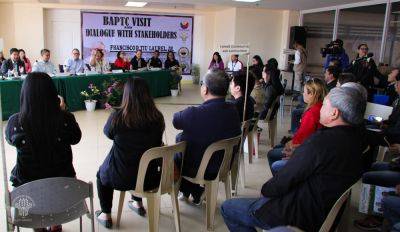On Cordillera indigenous culture
“Tradition and Transformation: Studies on Cordillera Indigenous Culture” by June Prill-Brett, edited by Delfin Tolentino Jr. and published by the Cordillera Studies Center of UP Baguio in 2015 is one of those books I purchased a few years back but never had the time to read until recently. The Japanese call this tsundoku, which means acquiring books and allowing them to pile up without reading them… immediately, I hasten to add.
There are two reasons why I find this book so meaningful to me personally. The first is that I have always been interested in the life of the Cordillera people, about whom so little has been written. The second is that this book was awarded the Elfren S. Cruz National Book Award in social science, a Manila Critics Circle-National Book Development Board initiative I am always happy to support.
The book is a collection of Prill-Brett’s most important works on the indigenous societies of the northern Luzon highlands. It should be obvious to most observers of this region of the Philippines that the people of these traditional societies are rapidly undergoing changes.
At the time of the writing of this book, the author was a professor of anthropology. I believe she continues in this role. She is internationally recognized for her work on Cordillera society. According to William Henry Scott, known as the most well-known writer on Cordillera culture, the author Prill-Brett “has been cited by practically every anthropologist and social scientist writing about the Bontok people of northern Luzon.”
This collection of articles was written over a period of 25
years. The first papers were written during the Marcos years, especially during the period of martial law.
In the Introduction, the author wrote a brief summary of each of the 12 chapters. In Chapter 1, “Cordillera Indigenous Cultural Institutions,” presents a review of the political institutions of the Ibaloi, Kankana-ey, Bontok, Kalinga, Ifugao, Isneg, Tingguian. These are the different ethnolinguistic groups of the region.
Chapter 2, “Local Territorial Boundaries and Resource Control,” was written during martial law. It tried to address a major issue at that time. This was the classification






